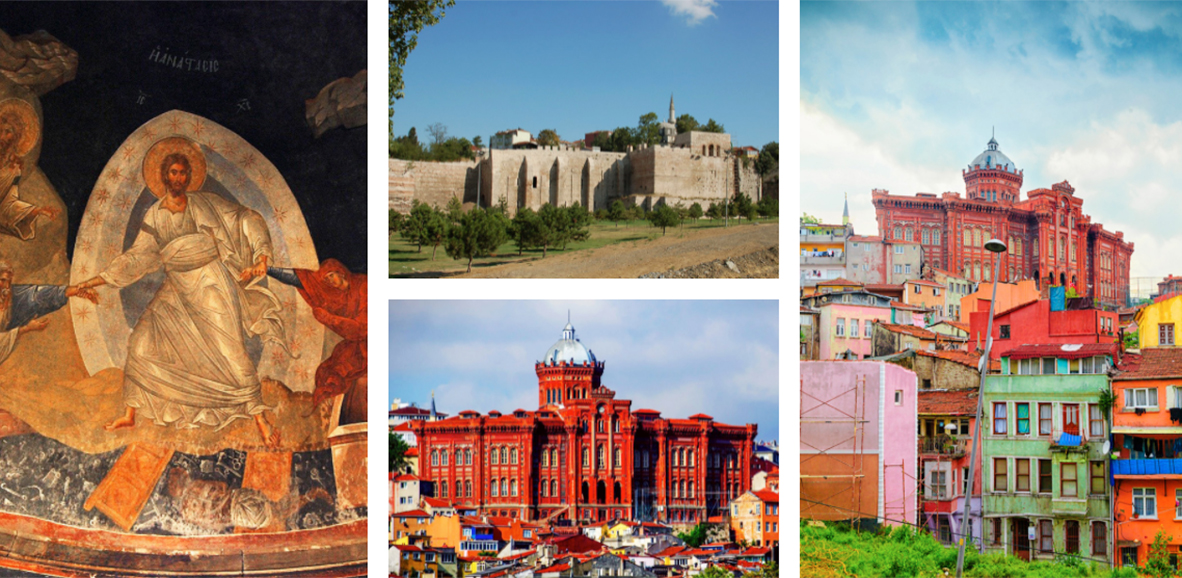The Basilica Cistern was constructed during the reign of Justinian I (527-565) to serve the palaces around it. There are 336 columns in twelve rows of 28. The cistern is 140 meters long by 70 meters wide, with Corinthian capitals on top that range from simple to elaborate. Water levels in the reservoir fluctuate according to the season. It has the capacity to hold 100,000 tons of water. On the eastern wall, pipes were placed at various heights.
A tiny building to the west of Hagia Sophia Square leads to one of the world’s largest and most gorgeous covered reservoirs. The ceiling, which is composed entirely of brick, is cross-vaulted much like a forest with columns. It’s called Basilica Cistern because it was formerly a basilica. There are 336 ancient columns in the cistern, each with its own distinct capital form.
Justinian constructed the cisterns because there was a water scarcity in Istanbul, and churches could not have enough water for daily use. This huge cistern was used by many Byzantine palaces as well as a mosque until the 17th century.
In 1987, a meter of mud was removed during a large restoration. The original brick paving and two Medusa head sculptures were revealed, as they had been covered over for several centuries. Thanks to the new walkway, visitors can now stroll around the cistern.
The remnants of two columns in the northwest corner of the reservoir were built over stones carved with Medusa’s face. The identities of the two heads are unknown, but they may have come to the cistern after being removed from a late Roman edifice.
There is no written record of them being utilized as column pedestals previously. According to legend, the blocks are positioned sideways and inverted in order to counteract the Gorgon’s power; nevertheless, it is widely accepted that one was merely placed sideways for size before being inverted. This would not account for the placement of the upside-down Medusa, however, because she would be equally tall upright on both sides .
The entrance fee for the Basilica Cistern is 30 Turkish Lira per person until April 2022. It might change after April. It takes roughly about 30 minutes to see the cistern depending on your interest.



Comment (0)